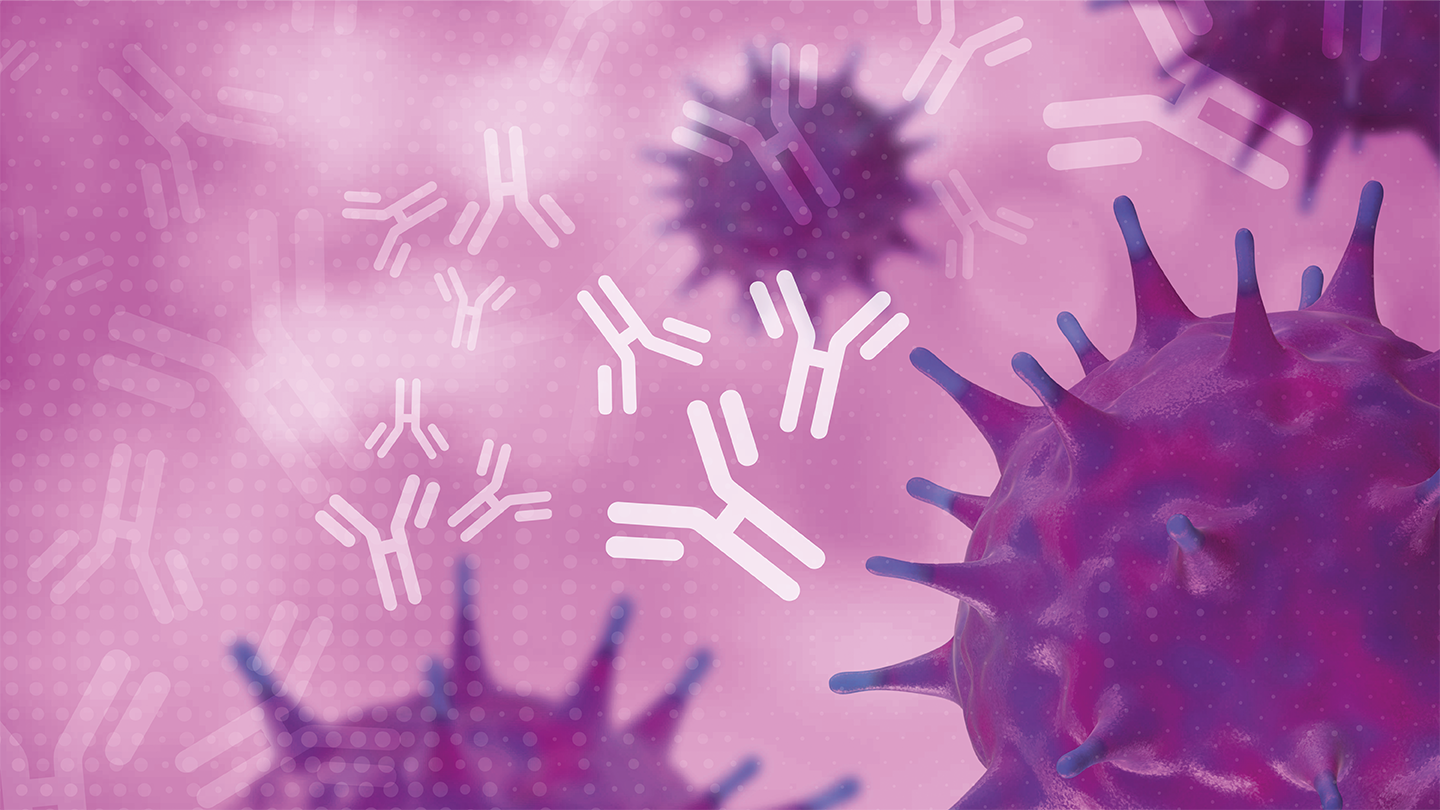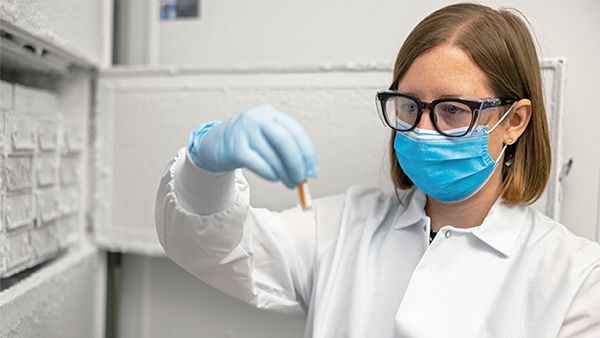Cutting the Cold Chain – and the Cost
Fridges are so last century for a new tuberculosis vaccine that can handle the heat
Tuberculosis (TB) still has a grip over the world – infecting 10.6 million people and killing an estimated 1.6 million in 2021 alone.
Although the Bacillus Calmette–Guérin (BCG) vaccine is still the only licensed vaccine available, progress has been made in developing adjuvanted subunit TB vaccines in recent years. However, vaccines that have to be refrigerated or stored in a deep freezer are difficult to distribute – a challenge that isn’t unique to TB. “When we think about where TB incidence is highest, those are places where it is going to be very difficult to distribute a vaccine if you have to keep it at -80 °C,” says Christopher Fox, Senior Vice President of Formulations at the Access to Advanced Health Institute, Seattle, USA. “By eliminating the cold chain, you not only reduce cost by making the vaccine easier to distribute, but also reduce vaccine waste.”
It’s true that some vaccine doses are wasted because they get too warm; but others lose their potency because they can’t handle freezing temperatures. Fox and his team recently reported their research results on the safety, tolerability, and immunogenicity of a single-vial thermostable ID93 + GLA-SE TB vaccine candidate compared with a non-thermostable two-vial vaccine (1). “The thermostable TB vaccine candidate tested in this phase I clinical trial can withstand both freezing and elevated temperatures, which would result in very little waste from those kinds of temperature excursions,” says Fox.
How does it work? Though relying on the same active ingredients – the antigen and adjuvant components – Fox tells me the thermostable vaccine is a new formulation of the previous non-thermostable ID93 + GLA-SE vaccine candidate that had already entered clinical testing. “We changed the excipient composition, adding a key new excipient that helps stabilize the dried formulation and developed the freeze-drying process to make the dried cake,” he says.
Freeze-drying is a well established process in the pharmaceutical and food industries. “First, you freeze the liquid formulation and, by optimizing the different temperatures and pressures of the cycle, you then sublimate the ice out of the formulation, resulting in a dried cake that maintains the active components (antigen and adjuvant) in their stable configuration,” Fox says. “By eliminating the water, the new formulation is able to withstand higher temperatures than would a liquid formulation. To administer the vaccine, water is added before injection to reconstitute the solution for standard syringe uptake and injection into the muscle.”
In the study, the team found that the thermostable vaccine could be stored outside of a refrigerator for up to three months while maintaining an excellent safety profile and the ability to generate a robust immune response in humans. To their knowledge, the research is the first of its kind. “It has been known that thermostability is an important objective to achieve for some time, but no one had clinically tested that kind of formulation in a TB vaccine with a modern adjuvant before,” says Fox. “There had been a lot of preclinical work – some publications here and there about what might be possible, but no one had really gone to a clinical trial, tested it head-to-head with the previous version, and shown that the new thermostable version works just as well, if not even a little better.”
On a grander scale
Unsurprisingly, countries with limited resources for dealing with TB effectively are more likely to bear the brunt of the disease. “Our primary objective was to develop a vaccine formulation that could be more easily distributed in areas where it is difficult to maintain a cold chain. A vaccine that can withstand three months outside of a cold chain would facilitate its distribution to remote and resource-poor areas,” Fox says. He references a previous positive step in this direction called MenAfriVac – a meningitis vaccine specific to strains circulating on the African continent. “The vaccine could be stored outside the cold chain for up to four days – and though that might not seem like much, even just those few days significantly benefited and expanded the ability to distribute the vaccine in Africa. It goes to show that even just a few days of stability outside the cold chain can have a measurable impact on vaccine distribution.”
When asked what’s next for this endeavor, Fox says the non-thermostable liquid formulation of ID93 + GLA-SE is entering phase IIb testing for efficacy. “The NIH-supported trial is just getting underway in South Africa so it will be some time before we get results, but this will be the next key piece of data that will help inform next steps,” he says. Efficacy clinical trials take a long time – years, rather than months – so the switch to a new formulation is a gradual process. “However, the results of our trial – which demonstrate the thermostable formulation generates an appropriate immune response and is just as safe as the original formulation – represent a key step that will allow us to bridge to this new formulation in future.”
In the meantime, the work never stops. Fox and his team are now working on a third-generation approach. “We are planning to take this new thermostable formulation and dry it in a way that allows it to be spray dried, generating a powder of tiny particles that can be delivered directly to the nose or lungs,” he explains. “Preclinical testing looks quite promising and we are making plans for a phase I clinical trial. Because the spray-dried formulation uses a new route of delivery, it could potentially have better efficacy than an injected vaccine of the same composition…”
Fox hopes that the team’s efforts will help to rally other vaccine developers to adopt a similar approach for developing thermostable vaccines for a broader range of diseases. “We have shown that it can be done – and done without sacrificing vaccine safety or immunogenicity.”
Reference
- ZK Sagawa et al., “Safety and immunogenicity of a thermostable ID93 + GLA-SE tuberculosis vaccine candidate in healthy adults,” Nat Commun, 14, 1138 (2023). PMID: 36878897.





